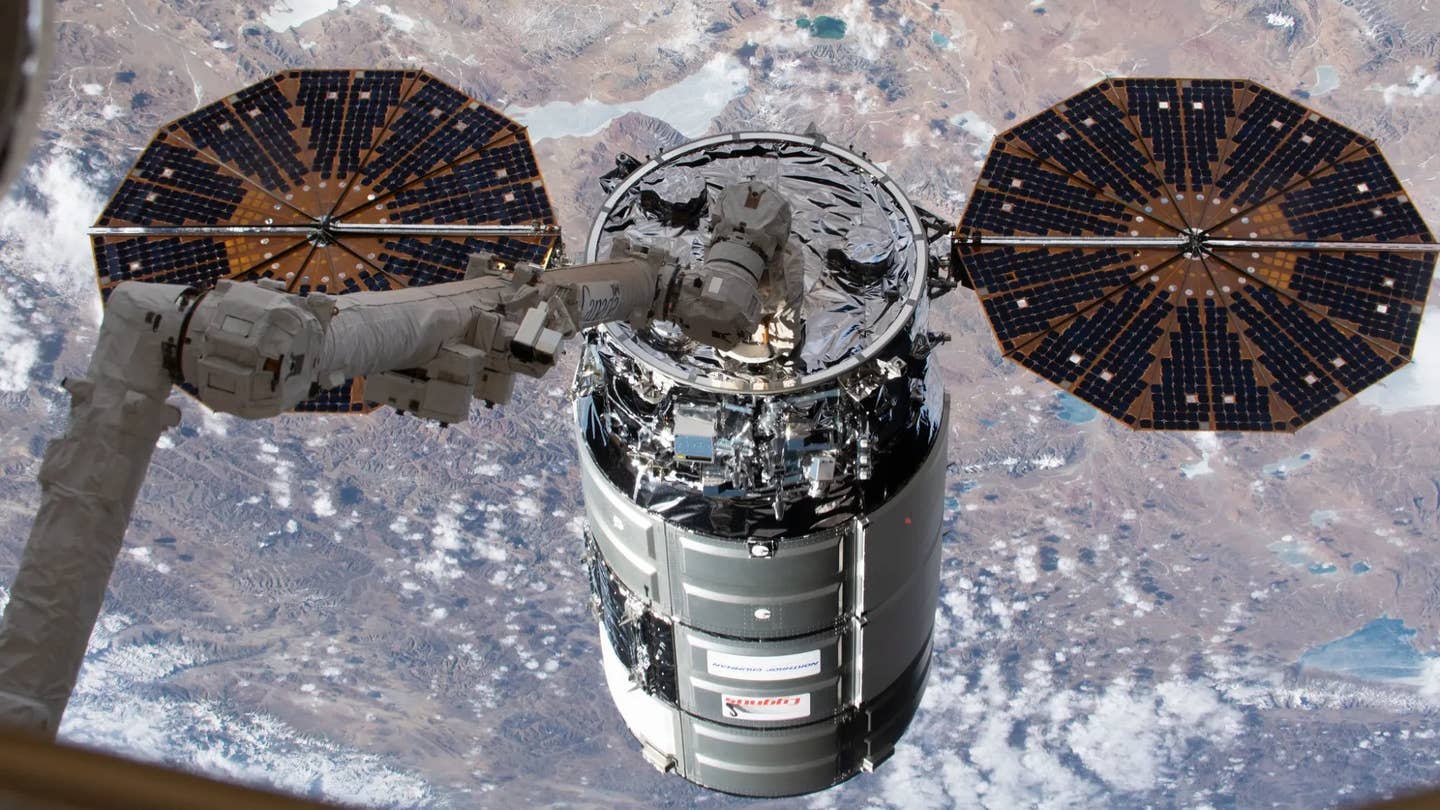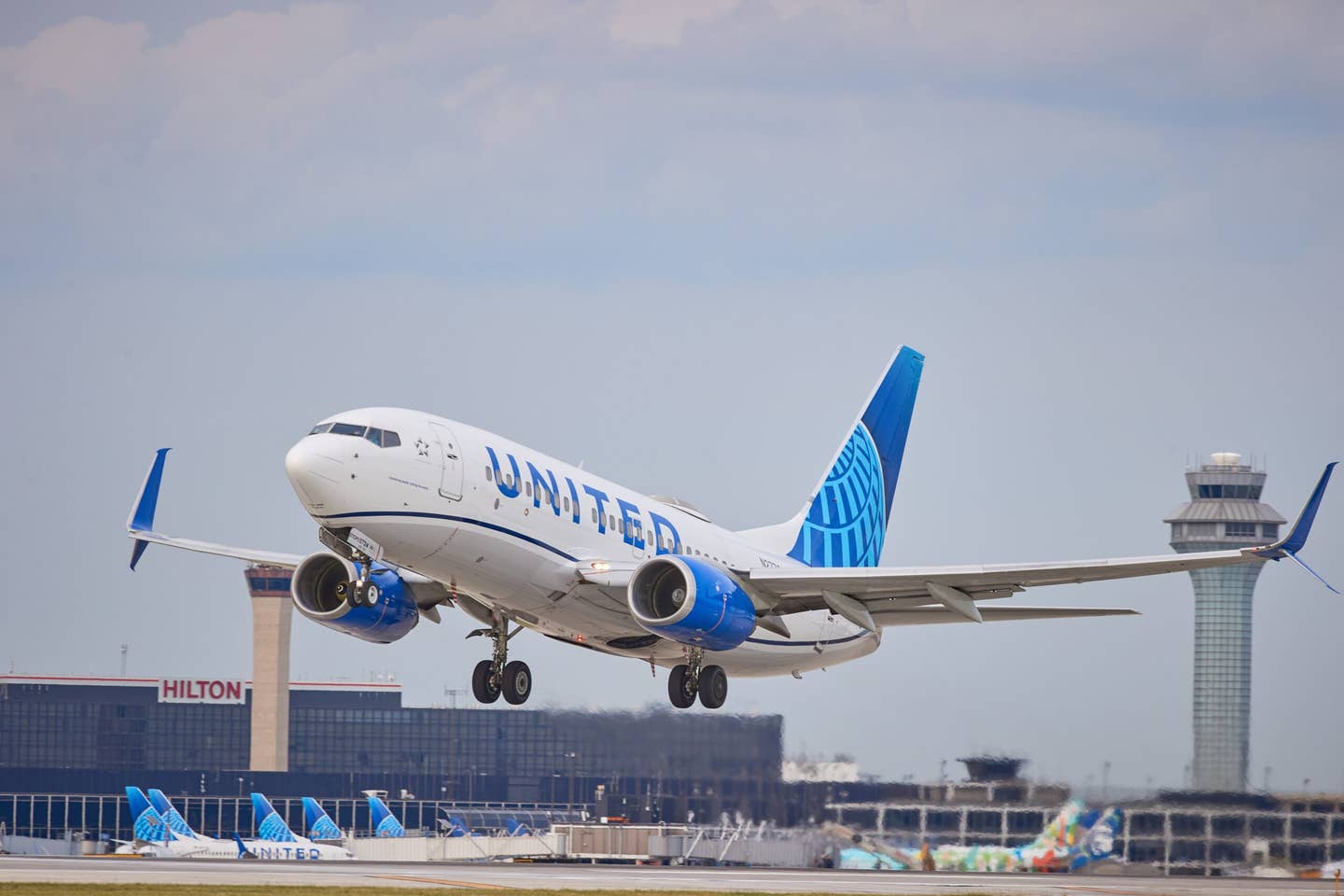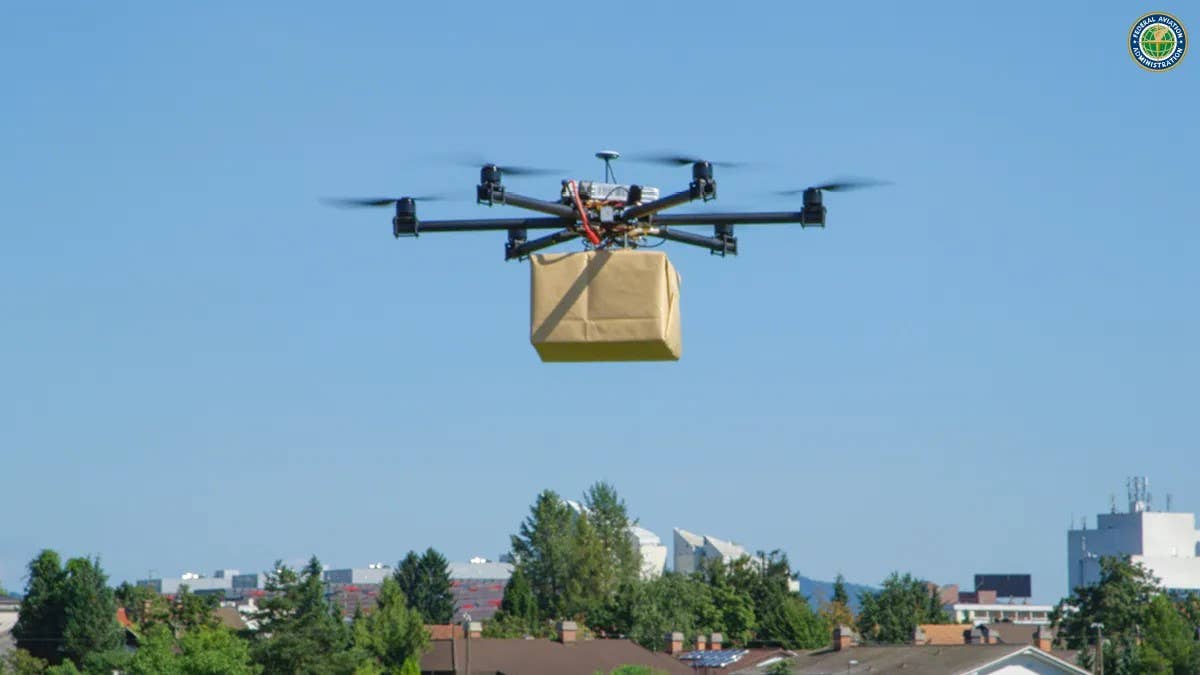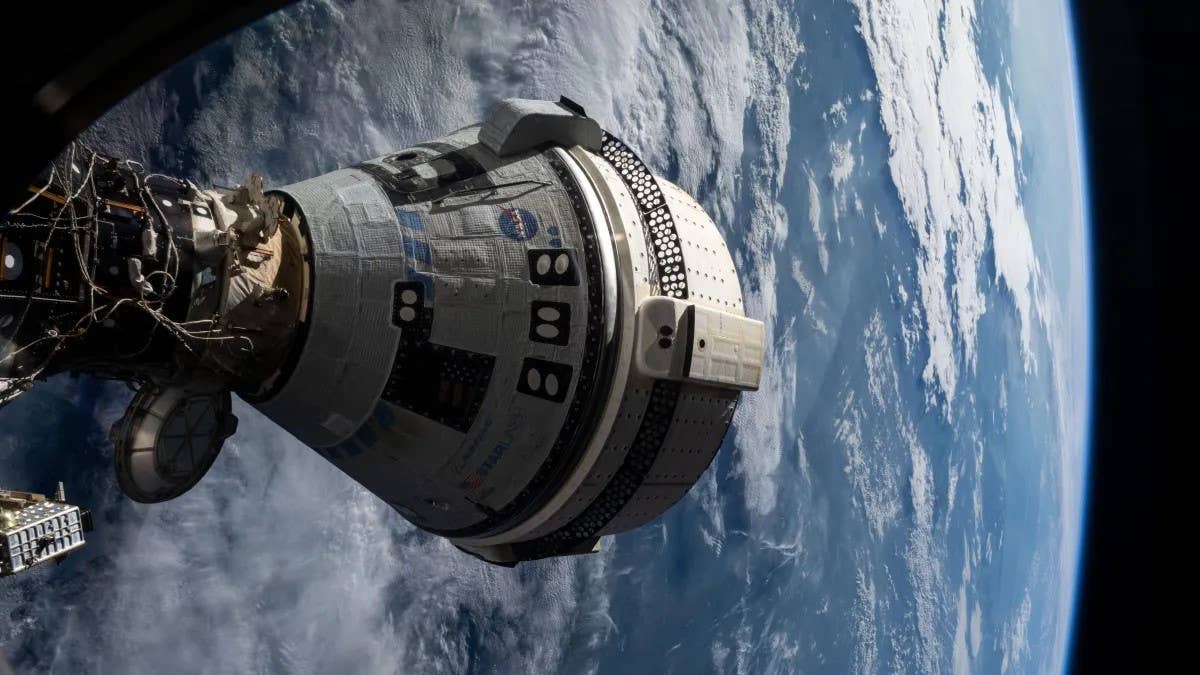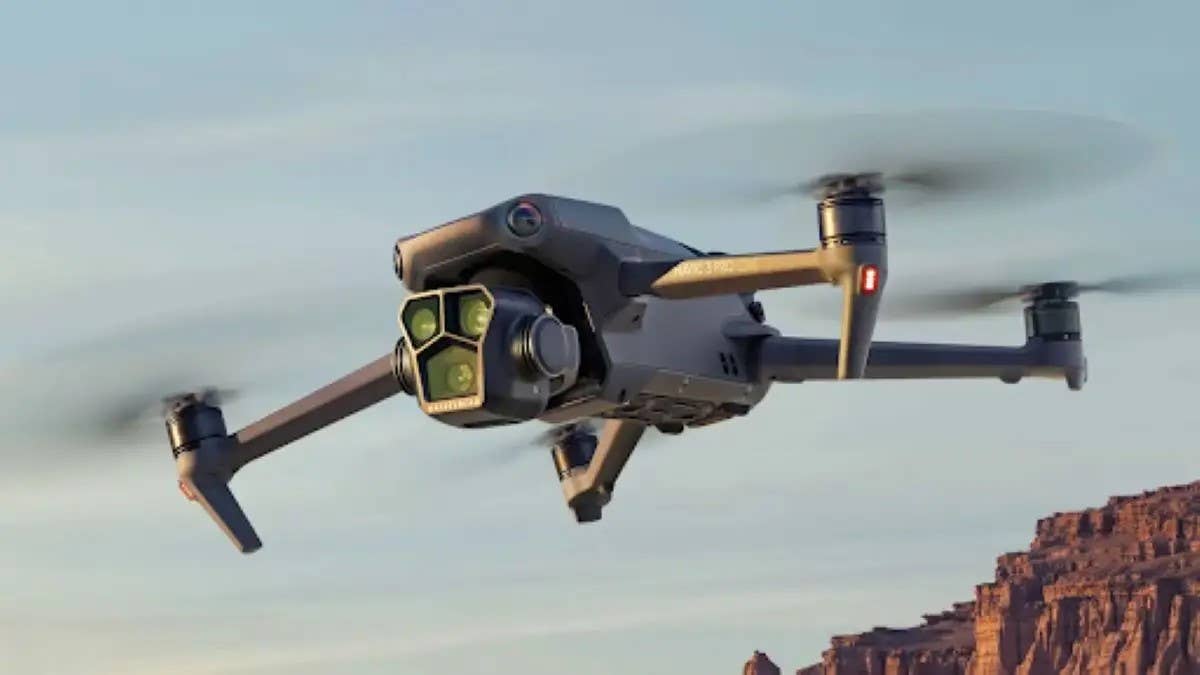Northrop Grumman Spacecraft Reboosts ISS for the First Time
For the first time, a private spacecraft has pushed the International Space Station into a higher orbit without help from a Russian vehicle.
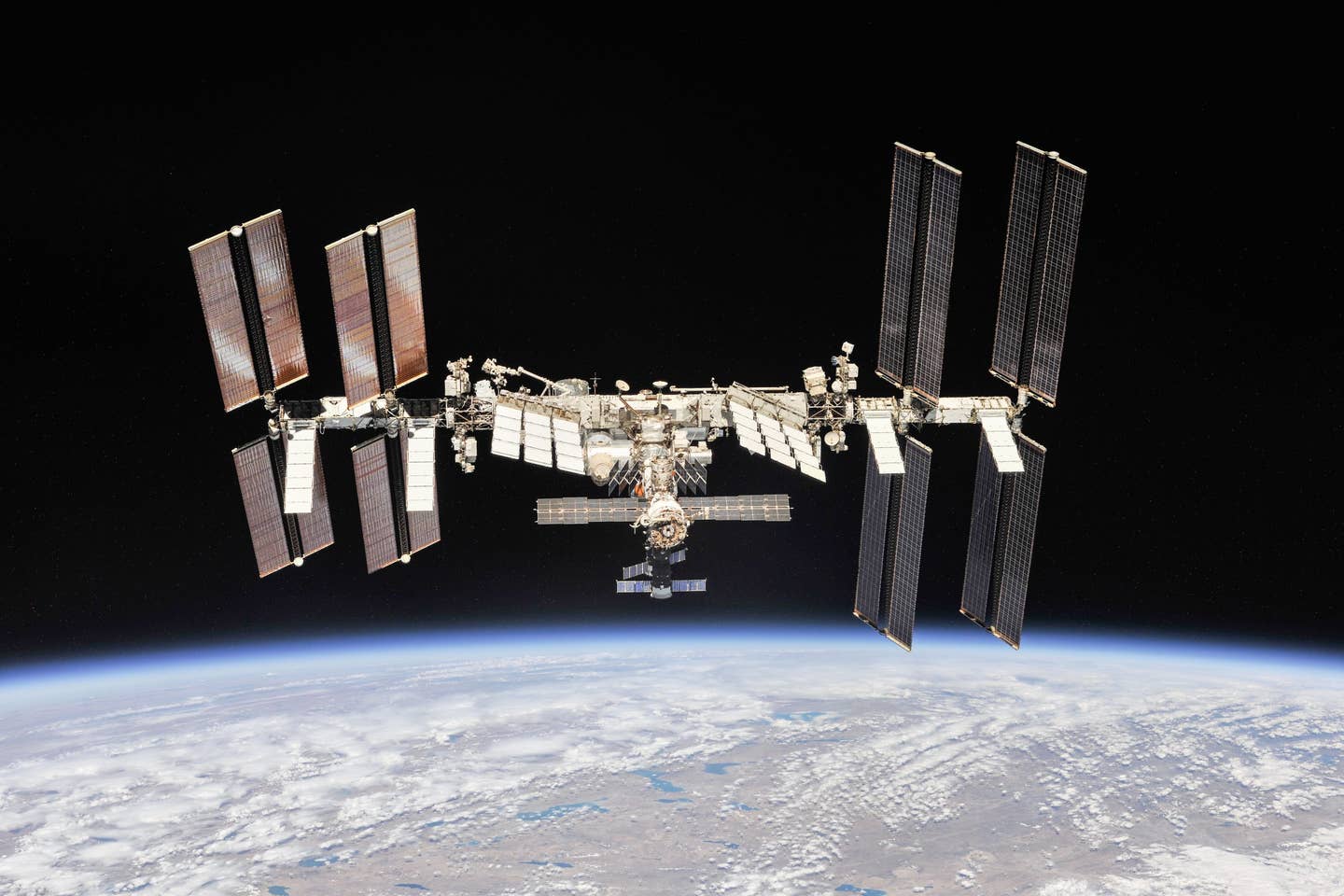
The International Space Station as photographed by Expedition 56 crew members from a Soyuz spacecraft after undocking in 2018. [Courtesy: NASA]
For the first time, a private spacecraft has pushed the International Space Station into a higher orbit without help from a Russian vehicle. Northrop Grumman’s Cygnus uncrewed resupply spacecraft performed the ISS reboost Saturday, before completing its four-month mission on Tuesday.
Over extended periods of time, the ISS–which orbits about 250 miles above Earth–drops slightly towards the atmosphere. To avoid an untimely decommission, the station undergoes periodic boosts from visiting spacecraft—namely, Russia’s Progress. That is, until now.
Cygnus performed the reboost amid continuing tensions as Russia’s invasion of Ukraine enters its fourth month. The spacecraft arrived at the ISS in February, onboard Northrop Grumman’s Antares rocket, launched from NASA’s Wallops Flight Facility in Virginia.
According to NASA, Cygnus increased the station’s altitude using its gimbaled delta velocity engine, which was previously tested during the spacecraft’s ninth resupply mission in 2018. Tuesday’s mission marked Cygnus’ 17th commercial resupply services mission to the ISS.
While not intended as a timely replacement for Progress, Cygnus serves as a tool to reduce NASA’s dependency on Russian space operations. Complete independence from Russian operations, however, may not be possible for the ISS.
“The space station was not designed to be disassembled, and current interdependencies between each segment of the station prevent the U.S. Orbital Segment and Russian Segment from operating independently,” NASA wrote in a Q&A. “Attempts to detach the U.S. Orbital Segment and the Russian Segment would encounter major logistical and safety challenges given the multitude of external and internal connections, the need to control spacecraft attitude and altitude, and software interdependency.”
The interdependency between the U.S. and Russia may not be required past the end of the decade, when the ISS reaches retirement in 2030.
Originally, the ISS was set to retire in 2024, until the Biden administration extended operations until 2030. Last year, NASA administrator Bill Nelson said the extension would allow the continued groundbreaking research between the four space agencies working on the station.
“The International Space Station is a beacon of peaceful international scientific collaboration and for more than 20 years has returned enormous scientific, educational, and technological developments to benefit humanity,” Nelson said. “I’m pleased that the Biden-Harris administration has committed to continuing station operations through 2030.”

Subscribe to Our Newsletter
Get the latest FLYING stories delivered directly to your inbox

